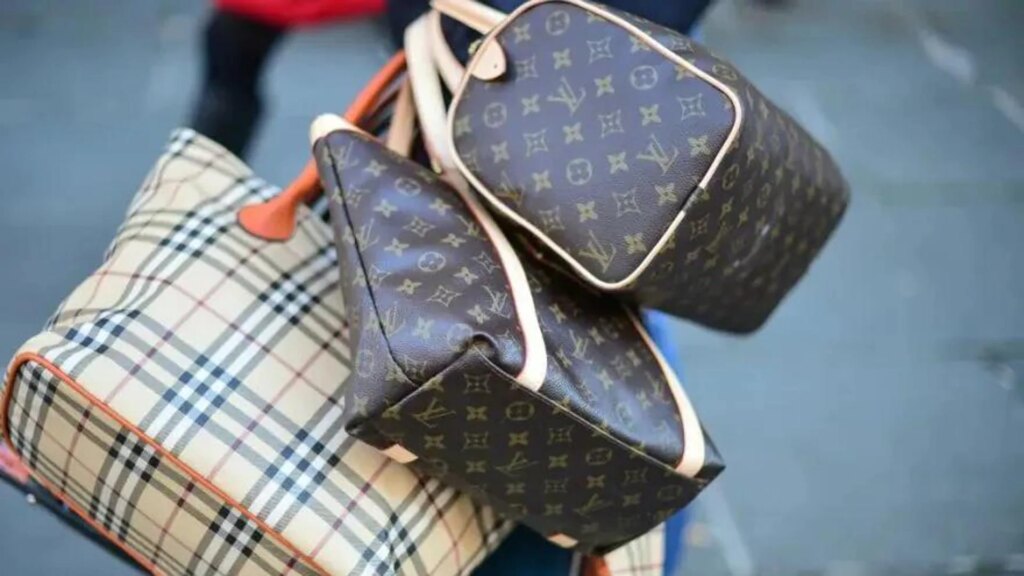Jose Antonio Bravo
Madrid
Thursday, August 15, 2024 16:26
Copy link
X (via Twitter)
telegram
thread
According to Bain & Company, a specialist consulting firm known for its work on corporate strategies for large corporations, eight in ten (83%) Gen Z consumers under the age of 28 are willing to buy second-hand luxury goods. Apart from economic reasons, due to the still generally low purchasing power, this change in purchasing habits is due to young people’s commitment to sustainability and the circular economy to reduce the environmental impact of industry.
The report states that the value of the second-hand luxury goods market will grow by 4% to reach 45 billion euros in 2023. Europe accounts for 40% to 50% of this market, followed by the United States. Around 80% of these sales are watches and jewellery. In this sense, according to the consulting firm Boston Group, more than 30% of luxury watches sold in 2026 will be second-hand. Several companies in the luxury retail sector have already launched their own “second-hand” services, giving a second life to items that were previously owned by another owner. In the fashion industry, this business model already accounts for more than 5% of global sales.
Vintage is on the rise
According to a Bain survey, 70% of second-hand shoppers make vintage items their first luxury investment. It’s a niche market that could generate an average of 20% of luxury brands’ annual revenue by 2030, according to Bain & Company. “These are items that allow you to express your personality and style in a different way,” said Shira Cubelles, a partner at Bain. “And that means shifting the company’s DNA and culture from producing products to marketing them,” said Zandra Falco, president of Circulo Fortuny, Spain’s largest data provider for luxury fashion brands.
With a growing taste for clothes and items from different eras, the overwhelming majority of people are emulating fashion from the 80s and 90s, and even the last century, especially the 1950s. Experts predict that by 2025, this secondhand boom in the luxury sector could exceed 50 billion euros in sales, with an annual growth rate of at least 5%. It should also be noted that many buyers prefer items that are already out of stock or that were made in limited series.
As consumer interest grows, online shopping platforms themselves are getting in on the action: Vinted, one of the biggest, for example, released a trend report stating that Louis Vuitton, Chanel and Gucci are the most popular brands, followed by Hermes, Dior, Saint Laurent and Prada, while e-commerce giant Amazon has partnered with family-run luxury reseller Hardly Ever Worn It to jointly sell a collection.
On the online trading platform, Louis Vuitton, Chanel and Gucci are the most popular brands, followed by Hermes, Dior, Saint Laurent and Prada.
Alternative consumption models such as rental, pay-per-use and second-hand are “helping to democratise the luxury market, offering new consumer groups, especially younger generations, new ways to access and enjoy their favourite brands,” says Enrique Porta, partner in consumer affairs at KPMG in Spain.
“Education of the consumer”
The challenge for luxury brands is to capitalize on the growing interest in second-hand goods to mitigate the negative impact of counterfeiting. In Spain alone, last year, losses due to counterfeiting across all types of goods amounted to €5.7 billion and 44,700 jobs lost. In 2022, some 2.66 million counterfeit goods were seized (around 74% were fashion goods and accessories), with a value of €12.16 billion. The figures for the European Union as a whole are almost €50 billion and almost 416,000 jobs not created.
Without lowering its guard in the legal battle against counterfeiting, other experts recommend some other tactics. Noyes Soler, professor of economics and business at the Open University of Catalonia (UOC), recommends “educating the consumer.” First, “so that consumers can better understand the risks they are taking.” According to the European Intellectual Property Office (EUIPO), Spain is the second EU country where the most counterfeit goods are knowingly purchased, especially among young people under the age of 24. Soler adds that it is also necessary to educate consumers and “ensure that they understand the differentiated value that companies offer.”
Meanwhile, brands like Cartier, Gucci and Rolex “have taken innovative measures to try to curb counterfeiting,” says Tatiana Varoila, director of the Master’s in Fashion and Retail Management at EAE Business School. Meanwhile, brands have created their own authenticity labels to make their products easier to identify, and have launched authentication programs for second-hand goods, thereby “restoring consumer trust.”



